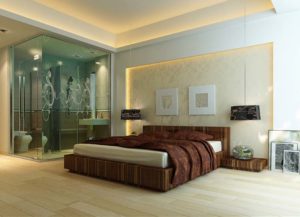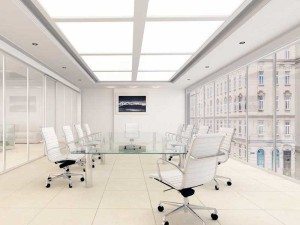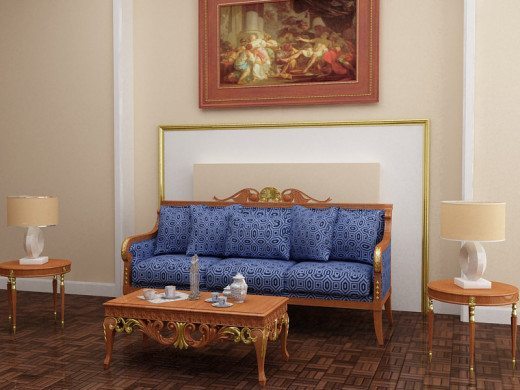3D interior rendering is a process that transforms architectural designs into digital images, offering a lifelike representation of what an interior space will look like after construction or renovation. Here’s a brief overview of key elements in 3D interior rendering:
- Software and Tools: This process heavily relies on software like Autodesk 3ds Max, SketchUp, and Blender. These programs provide the necessary tools to create detailed and accurate models of interior spaces.
- Modeling: The first step involves creating a digital model of the interior space. This includes walls, floors, ceilings, and fixed installations. The level of detail can vary based on the project’s requirements.
- Texturing and Materials: Applying textures and materials is crucial for realism. This involves adding surface properties to the model, like wood grain for floors or glossiness for tiles, to mimic real-life materials.
- Lighting: Lighting is one of the most important aspects. It involves placing light sources in the digital model to mimic natural and artificial lighting. This step greatly influences the mood and atmosphere of the rendered space.
- Furnishing and Decoration: Adding furniture and decor items brings the space to life. This can range from sofas and tables to lamps and paintings, tailored to the design specifications or client preferences.
- Rendering: Once the model is complete with textures, lighting, and furnishings, the rendering process begins. This is where the software calculates and produces the final image, simulating light physics, shadows, reflections, and other visual effects.
- Post-Processing: In some cases, the rendered images are further refined in post-processing software like Adobe Photoshop. This step can enhance colors, adjust lighting, or add small details that weren’t in the original render.
- Applications: 3D interior rendering is used in various fields, including architectural visualization, real estate marketing, interior design planning, and virtual reality. It helps clients and stakeholders visualize the final outcome before any physical work begins.
- Challenges and Considerations: Key challenges in 3D interior rendering include achieving realistic textures and lighting, managing computing resources for high-quality renders, and staying true to the architectural vision while adding creative touches.
- Future Trends: Advancements in technology are making 3D interior rendering more accessible and efficient. The integration of AI, virtual reality, and real-time rendering is shaping the future of this field, offering more immersive and interactive experiences.
Want something new and modern? How to make the right choice among dozens of materials and technologies? You visit mallsturn the pages of magazines and imagine what the interior of your future apartment should look like.
This process is a blend of technical skill and artistic vision, requiring both an understanding of architectural principles and a keen eye for design aesthetics.






